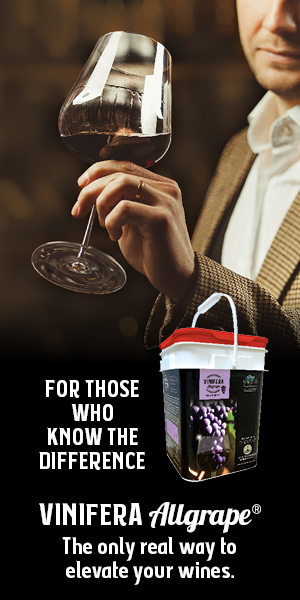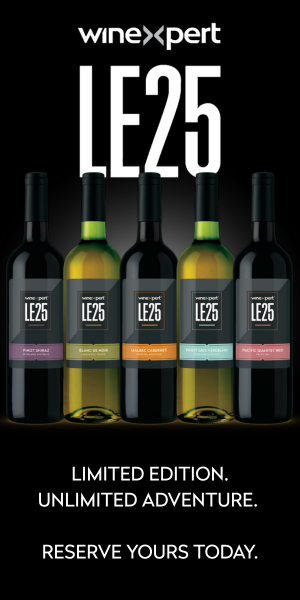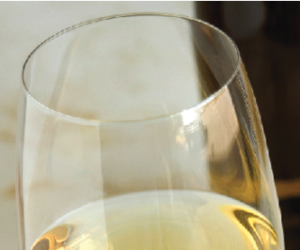Not every winemaker makes wine with commercially-cultivated yeast strains. In fact, lots of commercial winemakers let their wines ferment with wild yeast from the grapes and in the winery. Here we have two California winemakers discuss wild yeasts.
 Robert Lauer, Assistant Winemaker at Storrs Winery in Santa Cruz, California. Robert studied fermentation science and viticulture at UC-Davis. After graduation he went on to work at Williams-Selyem in Healdsburg, California, and later went to Queenstown, New Zealand to work for Chard Farm Winery. When he returned to the US in 2010, Robert came to Santa Cruz where he accepted a full-time production position at Storrs.
Robert Lauer, Assistant Winemaker at Storrs Winery in Santa Cruz, California. Robert studied fermentation science and viticulture at UC-Davis. After graduation he went on to work at Williams-Selyem in Healdsburg, California, and later went to Queenstown, New Zealand to work for Chard Farm Winery. When he returned to the US in 2010, Robert came to Santa Cruz where he accepted a full-time production position at Storrs.
We use wild or native fermentations at Storrs because we are looking to diversify flavors and get a different profile out of the fruit. Our Chardonnay and Pinot Noir are the focus of our wild fermentation program.
We make our yeast decisions based on the fruit. We wait to get the juice to come in for each individual lot of grapes and then we determine what kind of yeast strain to use based on the flavor profile of the juice. The goal of that is to try and make the best blend possible and to get the character of the Santa Cruz Mountains into the wine. If you blanket everything with just one commercial strain, you lose that kind of unique character.
Part of performing fermentations with native yeast, for us, has to do with diversifying flavor profiles. It is also partly because of happenstance; every winery has a tendency for a yeast strain to build up, and how that yeast impacts the wine is different than a native yeast strain in the vineyard. Native fermentations typically give me a faster ferment because the strain at our winery is built up to the point where we have a very strong strain — it’s a very Darwin-istic kind of thing. That strain will go through any fermentation.
One of the disadvantages of using a native fermentation is that it can take longer. For example, our Chardonnay is barrel fermented, and is fermented a lot cooler than our red wines. We started our Chardonnay in October and it was still fermenting eight months later.
Also, some people might not be happy about what happens during the beginning of a native ferment. You are working with different strains other than Saccharomyces, which can put off some different smells at the offset. This makes some people nervous.
The advantages of wild fermentations, however, is that they are — to me — a pure expression of what your winery and your vineyard has to showcase. For example, we have just started working with the fruit from our newest estate vineyard and I enjoy using the native strain with that fruit. This past harvest was our first proper harvest so I didn’t want to use a commercial strain so that I could see the proper, pure profile of that vineyard. It ties in nicely with our organic, estate approach.
If you are thinking about trying a wild ferment, the first thing you have to have is very clean equipment. You have to use sanitary equipment like any winemaking practices in general. You also need to sort your fruit. You can get all sorts of stuff coming in off of the vineyard and if you’re not sorting out what you want, your native ferment is going to showcase the stuff you don’t want. A native ferment is like a mirror: if that mirror is dirty you won’t see what you want to see as well. Native yeast will show you clearly what the fruit can do.
I think wild fermentation at home is probably tricky unless you can get premium quality fruit. If you can’t get the stuff that commercial wineries are getting, I would recommend against it. There is nothing wrong with commercial strains. There are so many yeast strains out there to find the profile you want, so don’t waste money on experimenting if you can’t get the best fruit and know what you’re doing. Eventually if you build up enough experience, I would say try wild fermentation on a small, experimental scale — just a small carboy at a time.
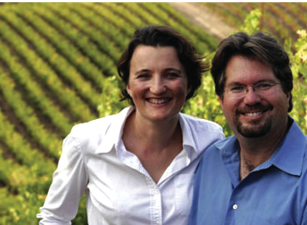
Michael Dashe, Co-Founder and Winemaker at Dashe Cellars in Oakland, California.
Wild fermentations have a sensory advantage to wines made with commercial strains. It is also much less costly in commercial production because we don’t have to buy yeast or malolactic culture.
They have some downsides, however. For example, it takes longer to conduct the fermentation and there is lag time before the fermentation begins. You can also get slightly higher volatile acidity (VA levels) with a wild ferment, but if you really keep an eye on sanitation that can be minimized.
One of the biggest mistakes inexperienced winemakers make when trying wild fermentation is probably freaking out after two or three days of no signs of fermentation and adding commercial yeast. Also, the native yeast fermentations start with a non-Saccharomyces yeast, so you get some unusual smells at the beginning which can scare off novice winemakers — they might make steps to correct that.
Adding high levels of SO2 to a wild fermentation is another big mistake — novice winemakers might be too worried about bacteria and overcompensate with high levels of SO2, which can stop the fermentation.
Also, don’t perform a wild fermentation if your fruit isn’t in good shape. If I get fruit in that is damaged or for some reason has cracking, mold or rotting, then I typically do not do a native fermentation. If a home winemaker is getting fruit that is not the best quality or not whole they would be better off using a commercial yeast. This is because if you have exposed juice you can definitely get more Acetobacter or other unwanted organisms that could end up being more of a problem than in a Saccharomyces fermentation.
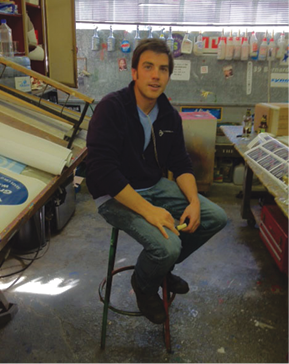 Robert Lauer, Assistant Winemaker at Storrs Winery in Santa Cruz, California. Robert studied fermentation science and viticulture at UC-Davis. After graduation he went on to work at Williams-Selyem in Healdsburg, California, and later went to Queenstown, New Zealand to work for Chard Farm Winery. When he returned to the US in 2010, Robert came to Santa Cruz where he accepted a full-time production position at Storrs.
Robert Lauer, Assistant Winemaker at Storrs Winery in Santa Cruz, California. Robert studied fermentation science and viticulture at UC-Davis. After graduation he went on to work at Williams-Selyem in Healdsburg, California, and later went to Queenstown, New Zealand to work for Chard Farm Winery. When he returned to the US in 2010, Robert came to Santa Cruz where he accepted a full-time production position at Storrs.